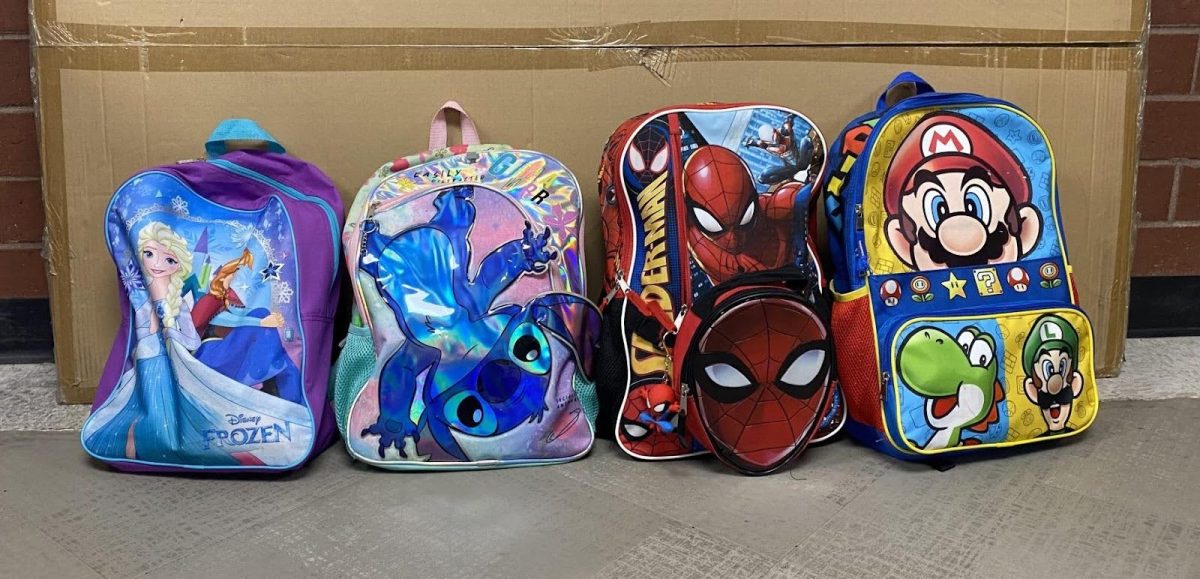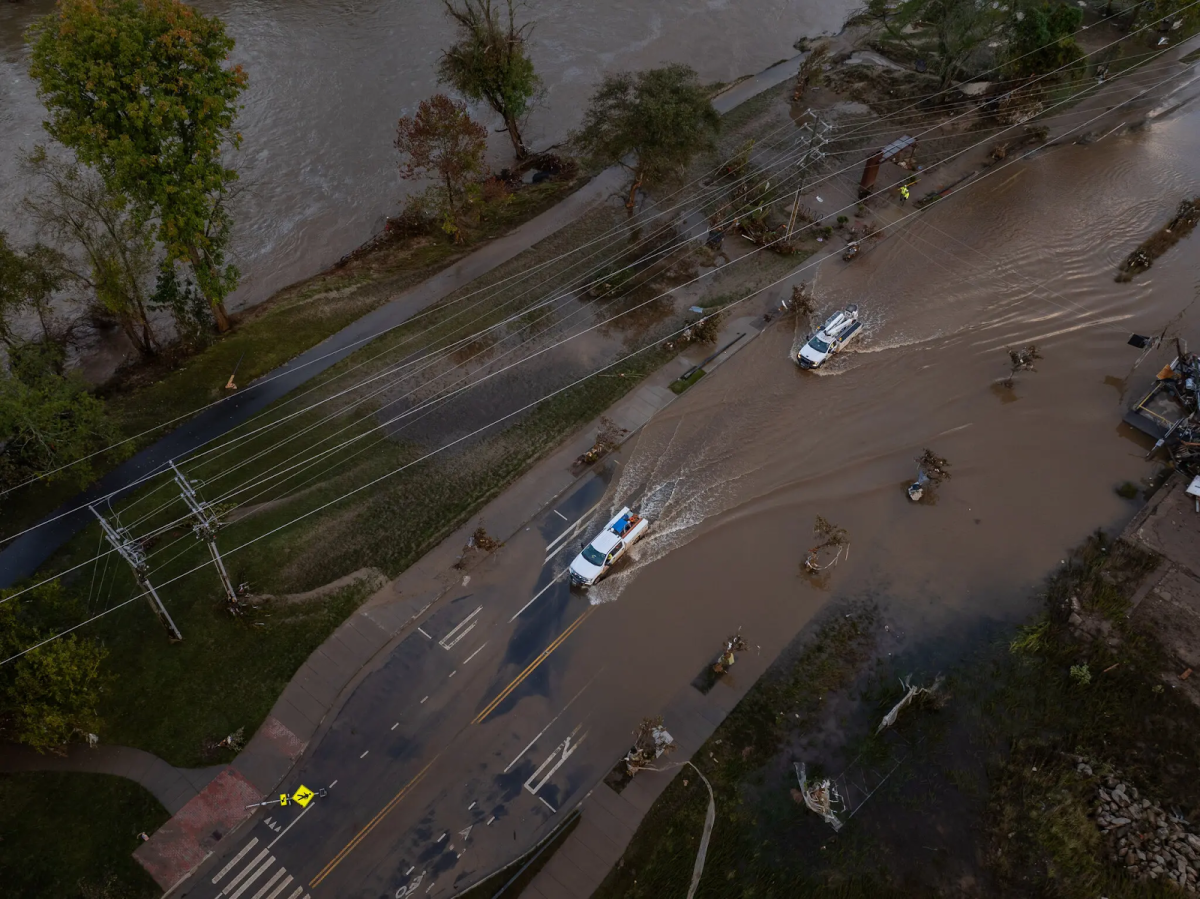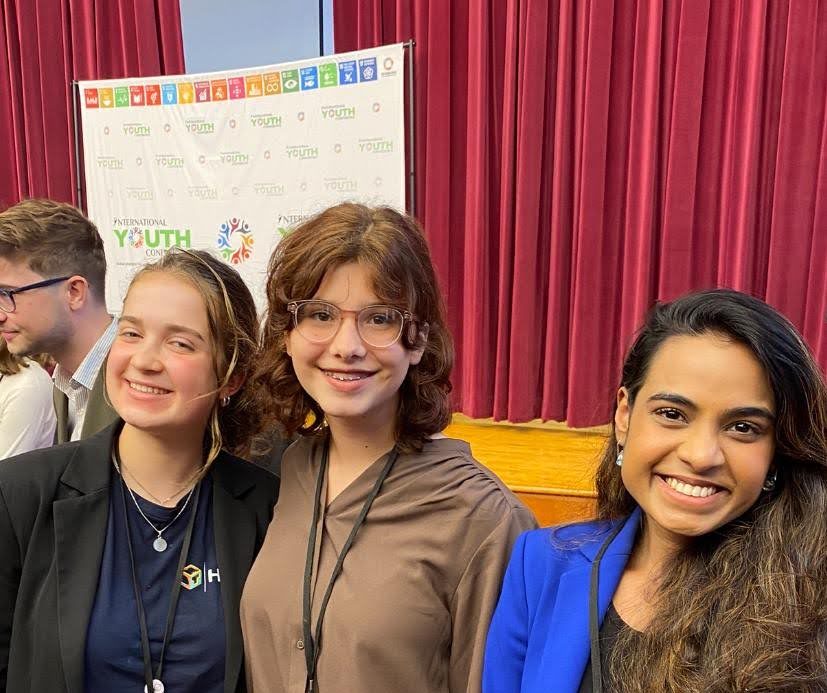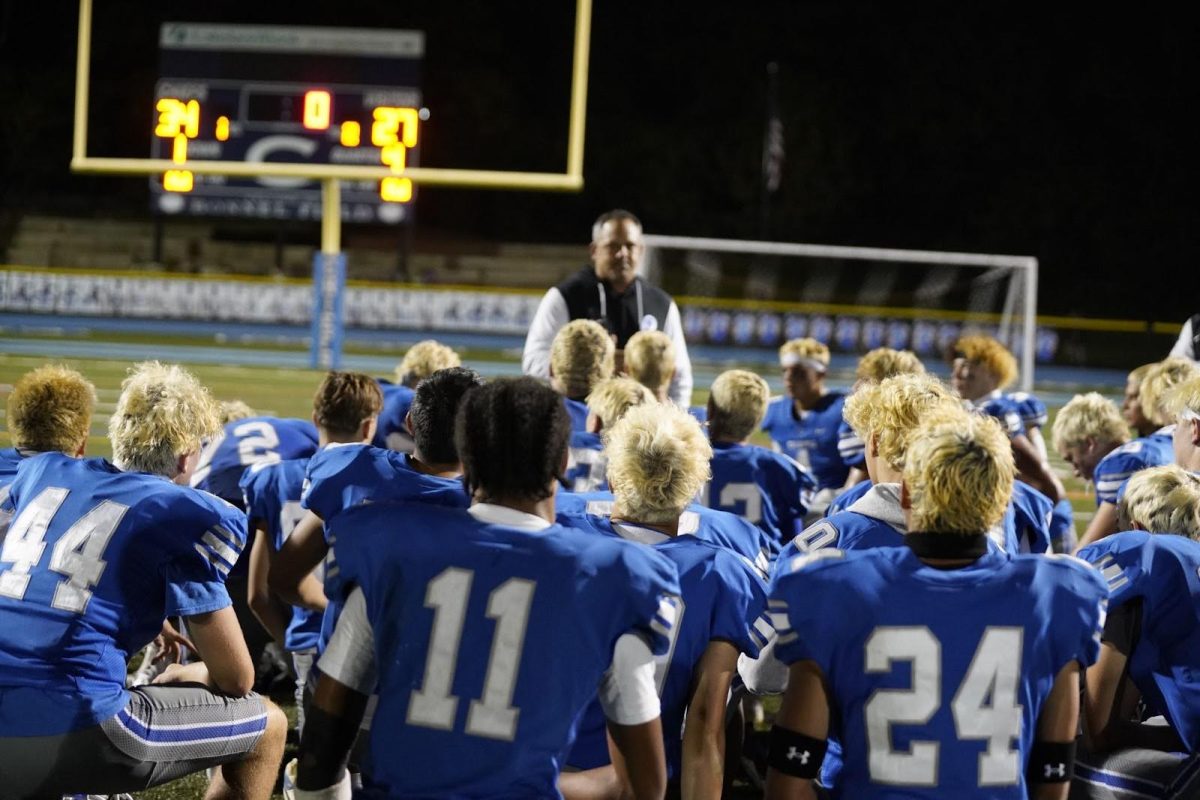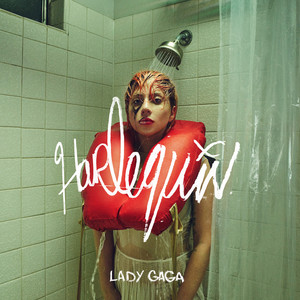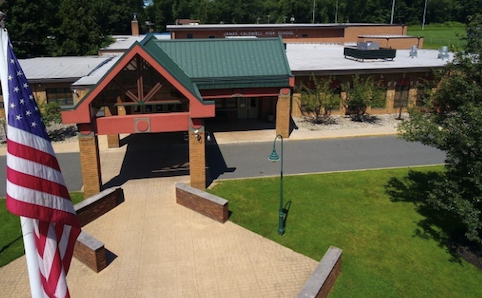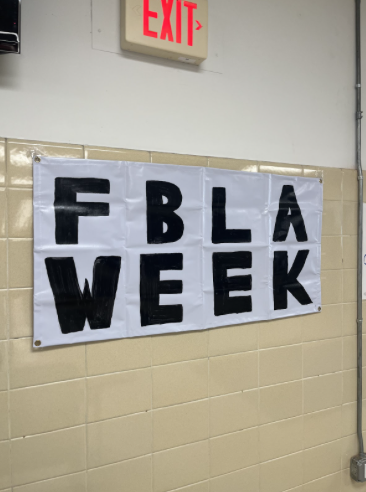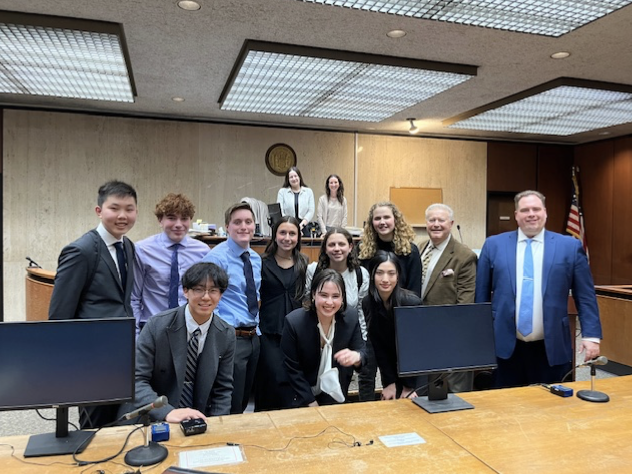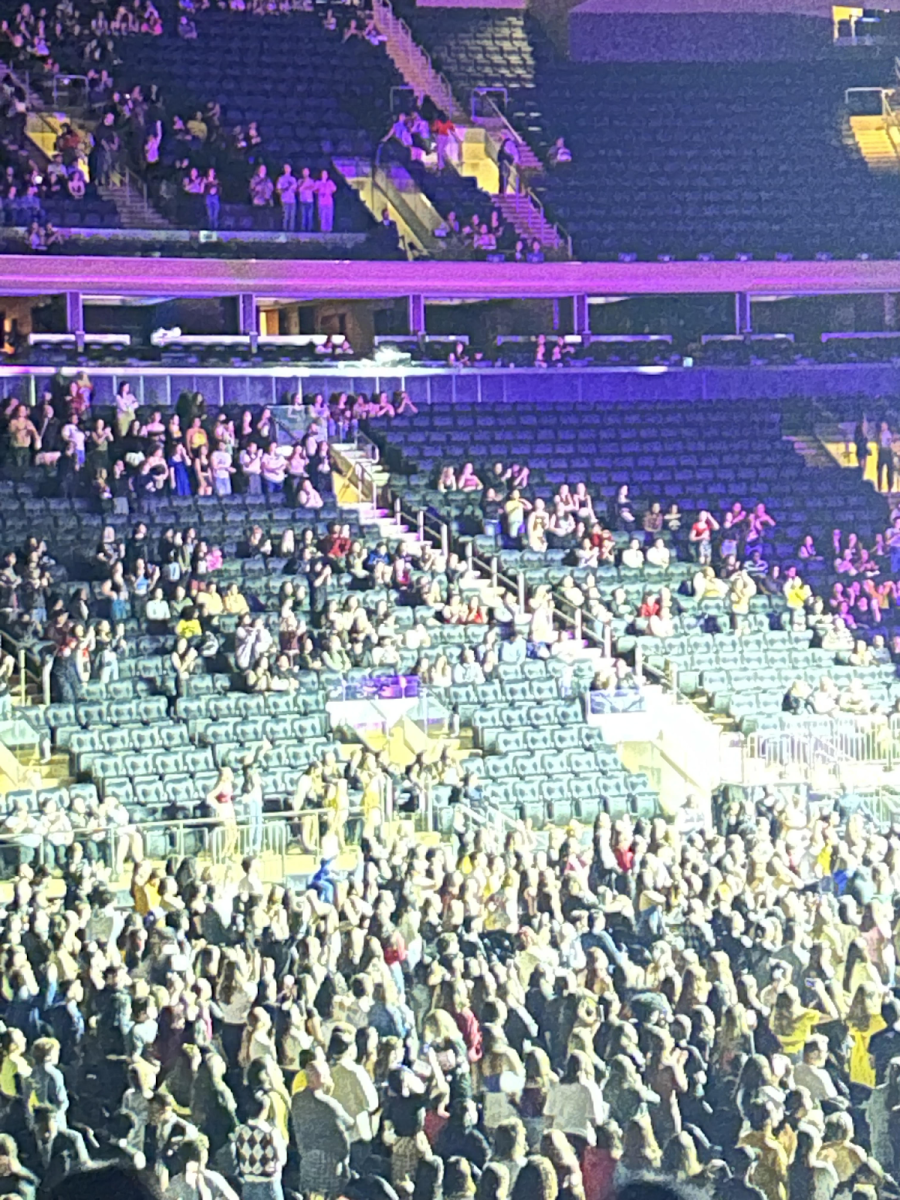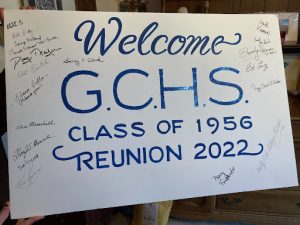Legacy of Imperialism: Hawaiʻi
April 7, 2023
White Europeans have colonized and annihilated indigenous populations for centuries by subjugating native groups and forcing them to follow traditions that violated their beliefs. Although this imperialist ideology of power and control was most prevalent during the Age of Exploration, European powers and even the United States still significantly influence many countries today. However, when people consider the United States’ involvement in colonization efforts, many overlook the former Kingdom of Hawaiʻi, which has only been an American state for 63 years (U.S. Department of State).
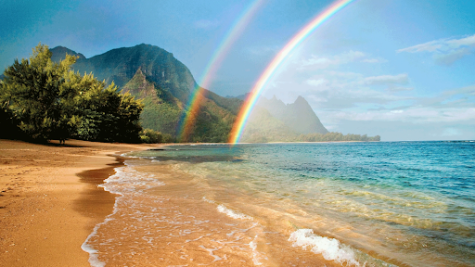
Foreign influence is not new to the Hawaiian islands. The British were the first imperial power to arrive at the Pacific Island in 1778, under an expedition led by James Cook (History). While the British and French worked to establish trade relationships with the Hawaiian Kingdom in the 1800s, American missionaries began to arrive at the island for the first time. As more Americans settled there, the sugar and pineapple industries became a vital American business interest (University of Hawaiʻi). However, the wealthy American plantation owners became unsettled when Liliʻuokalani ascended to the throne and attempted to reassert the supremacy of the monarchy. After Queen Liliʻuokalani was forced off the throne by the affluent American plantation owners in a coup d’état in 1893, the indigenous authority was taken over by force, suppressing the native culture (The Hawaiian Kingdom).
Today, centuries-old customs like hula and pāʻina (mislabeled as lūʻau by 19th-century reporters) have been repurposed as entertainment for white tourists, who now fuel a major sector of the archipelago’s economy (The Hawaiian Islands). These Hawaiian cultural practices have been appropriated by non-Hawaiians, diluting the sacred traditions and making them less culturally significant. Due to the island’s appeal, nearly 25% of Hawaiʻi’s GDP is concentrated in tourism, with visitors spending $17.8 billion in the state in 2019 (Xola). However, a survey conducted by the Hawaiʻi Tourism Authority in 2018 concluded that 66% of residents have come to believe that the “island is being run for tourists at the expense of local people” (Honolulu Civil Beat).
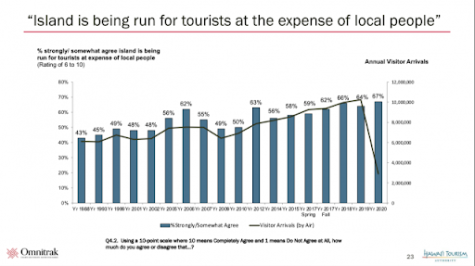
Although profitable, the tourism industry is also destroying the environment. Plastic debris from tourists pollutes picturesque coastlines and the Pacific Ocean, and natural resources are being drained (Lai). Land, water, and food are essential to life for Hawaiians, but large quantities of water are necessary for swimming pools and the long showers that many tourists are used to. The overconsumption of water puts pressure on the state’s water supply and has caused water scarcity (Cheung). Overtourism has also increased food demand, forcing farmers to rely on pesticides and fertilizers to meet production demands (Knoblauch).
Additionally, many families who have grown up on the isolated island state have fled the island because they can no longer afford to live there. The Aloha United Way’s ALICE Report revealed that the poverty rate in Hawaiʻi has risen from 9% in 2018 to 15% in 2022, with over 200,000 people living beneath the poverty line (Hawaiʻi News Now). Tourism directly feeds on essential resources that residents rely on to survive, increasing prices as the demand for food and water is augmented by colossal corporate suppliers. Real estate prices have also risen as tourists continue to flock to the island, making the cost of living higher and it more difficult for locals to maintain their established residences.
Although Hawaiʻi was technically annexed legally, most native Hawaiians did not want to join the United States during President McKinley’s administration in the late 1890s (National Archives). However, this opposition did not impede the Republican movement to annex Hawaiʻi and other territories in the Pacific Ocean, like the Philippines. As the American influence grew over the region after Sanford Dole took over as governor, native Hawaiian culture began to be erased or reappropriated to support the new American identity (U.S. Capitol Visitor Center). The Hawaiian language is now considered Critically Endangered by the United Nations Educational, Scientific and Cultural Organization (UNESCO), with less than 0.1% of the statewide population still speaking it in 2001 (Mango Languages).

Many changes have been made to combat the legacy of imperialism in Hawaiʻi, but more action must be taken to honor the traditional culture of the island. For example, in 1995, the U.S. Board on Geographic Names (BGN) decided to reverse an earlier decision to omit the glottal stop (okina) and macron (kahako) from the names of Hawaiian places and people (Runyon). In the Hawaiian sentence, “Ua haku ʻia e kākoʻo i nā kaiaulu ʻōlelo Hawaiʻi a puni ke ao” (It was created to support Hawaiian-speaking communities around the world), the okina (ʻ) and kahako (¯) maintain the original pronunciation in the spoken language and, thus, the integrity of the language (University of Hawaiʻi). The earlier decision to omit these diacritical marks resulted in the mispronunciation of traditional Hawaiian names and the colonization of the language itself.
Movements like the Hawaiian Language Revitalization movement aim to promote the use of the Hawaiian language in everyday life (Goo). The campaign to save the language was reignited in the 1970s when the language almost became extinct (University of Hawaiʻi). The Hawaiian Renaissance emerged as a response to the suppression of native Hawaiian language and culture (Tufts University). Many Hawaiian immersion schools have been established to increase the use of the language and keep it alive in the modern era. Language resources like Hawaiian dictionaries and learning apps have also been created to encourage young people to preserve the language.
The legacy of imperialism has significantly impacted Hawaiʻi and its native population. The forced annexation of the islands by the United States and suppression of the native culture have had lasting effects on the people and their way of life. The dominance of the tourism industry has driven up the cost of living and contributed to higher poverty rates, negatively impacting the native population. Although efforts to reverse the erasure of Hawaiian culture and language have been put in place, more action is needed to address the ongoing impact of imperialism. The people of Hawaiʻi continue to fight to maintain their cultural heritage and way of life by honoring the traditions and identity of the native population.

